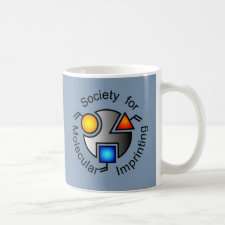
Authors: Turner APF, Chen BN, Piletsky SA
Article Title: In vitro diagnostics in diabetes: Meeting the challenge.
Publication date: 1999
Journal: Clinical Chemistry
Volume: 45
Issue: (9)
Page numbers: 1596-1601.
Abstract: Diabetes is one of the leading causes of death and disability in the world. There is a large population in the world suffering from this disease, and the healthcare costs increase every year. It is a chronic disorder resulting from insulin deficiency and hyperglycemia and has a high risk of development of complications for the eyes, kidneys, peripheral nerves, heart, and blood vessels. Quick diagnosis and early prevention are critical for the control of the disease status. Traditional biosensors such as glucose meters and glycohemoglobin test kits are widely used in vitro for this purpose because they are the two major indicators directly involved in diabetes diagnosis and long-term management. The market size and huge demand for these tests make it a model disease to develop new approaches to biosensors. In this review, we briefly summarize the principles of biosensors, the current commercial devices available for glucose and glycohemoglobin measurements, and the recent work in the area of artificial receptors and the potential for the development of new devices for diabetes specifically connected with in vitro monitoring of glucose and glycohemoglobin HbA(1c). (C) 1999 American Association for Clinical Chemistry



Join the Society for Molecular Imprinting

New items RSS feed
Sign-up for e-mail updates:
Choose between receiving an occasional newsletter or more frequent e-mail alerts.
Click here to go to the sign-up page.
Is your name elemental or peptidic? Enter your name and find out by clicking either of the buttons below!
Other products you may like:
 MIPdatabase
MIPdatabase









